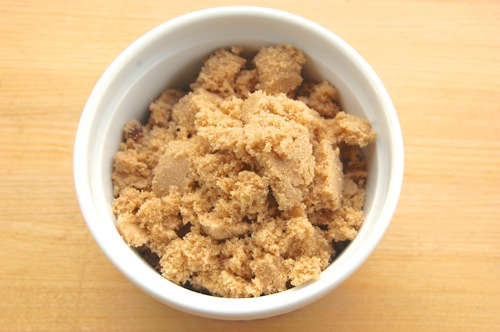Brown Sugar (Light)

Mass-market American brown sugar is a refinery sugar, made by re-melting and re-crystallizing the sugar supplied by the original sugar miller. It may simply be a more uniform version of the raw sugar with its original molasses still on it. Alternately, it may be a white table sugar that has been “painted” with molasses. Either way, it’s a “wetter”, softer and denser sugar than most “raw” brown sugars. These brown sugars are about 90% sucrose, the remainder being glucose and fructose, minerals (including salts), water, begasse (browned bits of the sugarcane plant) and longer-chain sugars that don’t taste especially sweet on our tongues. All these combine to give brown sugar a variety of buttery, salty and caramel-like notes. Brown sugar is an acidic ingredient as the molasses it contains is high in acetic acid (which can give it some vinegar-like aromas as well).
READ ON